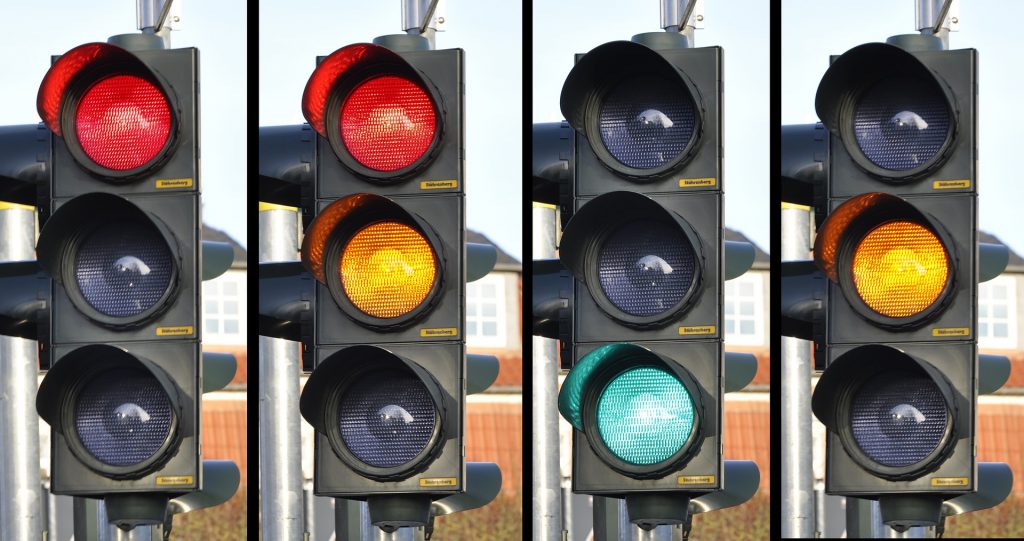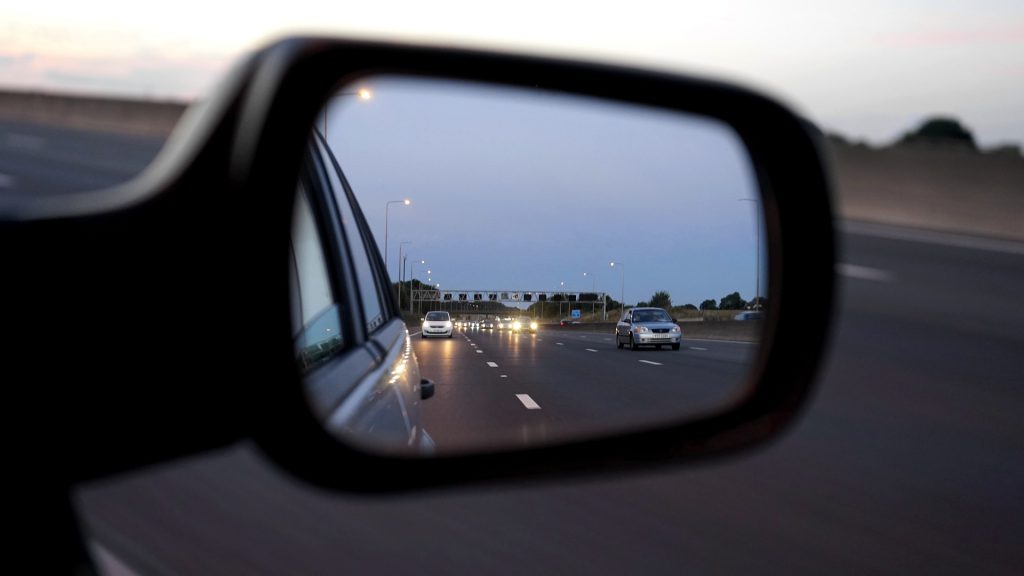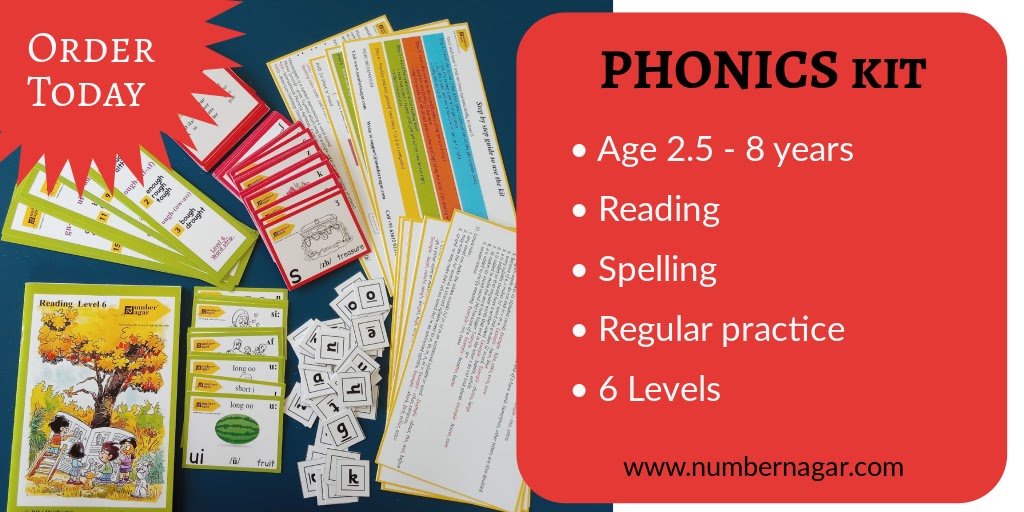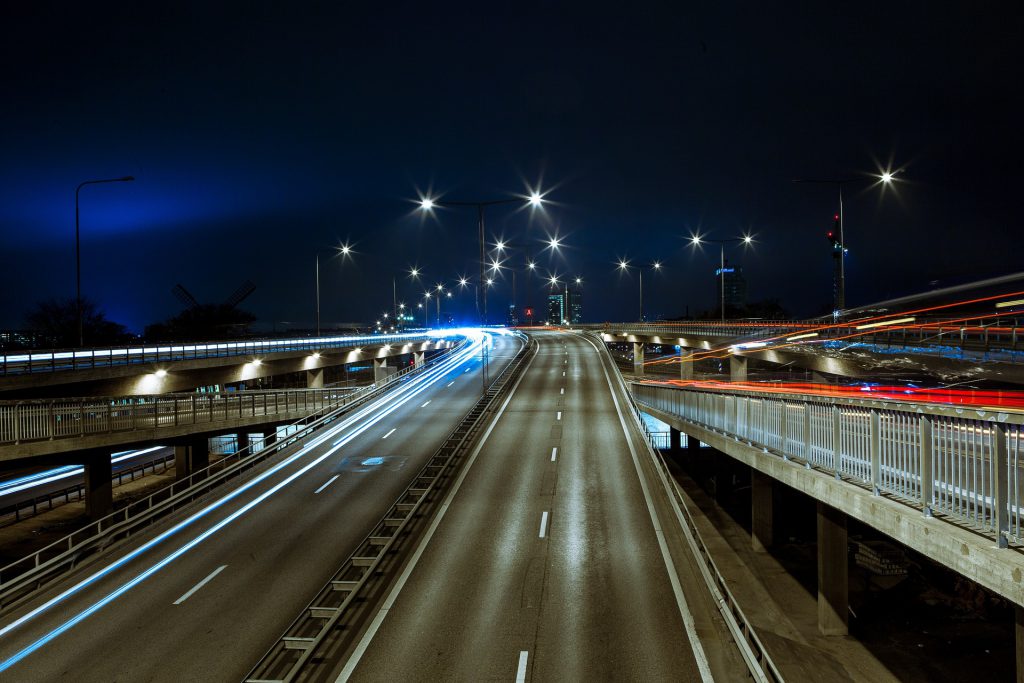Science concepts
I often come across students and parents who complain about the Science and Maths concepts learned in school. They think that learning such concepts is a waste of time and these concepts do not have real-life applications. These comments are usually peppered with doses of righteous indignation. A feeling that the students are being wronged by the expectation to learn these concepts.
I am usually at a loss on how to respond to these comments. I generally get defensive, but in recent times I have taken a more didactic view. Whenever I come across this complaint, I set out to understand the other person’s perspective. Then, if the environment is conducive, I share my thoughts. I have written about this in an earlier article.
In this article, I wish to briefly describe the three concepts of Science that are greatly useful in traffic situations.
Traffic, Traffic everywhere!
Living in the urban world of today, traffic is pretty much everyone’s reality. Especially in a city like namma Bengaluru! Whether we like it or not, we all encounter traffic in our day to day lives. Given that fact, let us look at three Science concepts that are directly applied in traffic.
Traffic lights
We are all used to the traffic light colours – red, yellow, green. Red means stop, yellow means ready, green means go. Have you ever wondered why these colours are assigned for these actions?
Science has the answer. In the visible region of the electromagnetic spectrum (VIBGYOR), red has the longest wavelength. Therefore, it is visible from long distances. For a vehicle driving in traffic, the ability to see a red light from far allows the driver to stop at the appropriate time. It is all right for drivers to perceive the green light as they get closer to the traffic signal. But seeing red from afar ensures safety.
Red for ‘stop’ and green for ‘go’ have taken more universal meanings. Even though they were originally intended for traffic signals.

Side view mirrors in vehicles
All vehicles (small and big) are equipped with mirrors on the sides, in the front of the vehicle. This is to enable the driver to watch oncoming traffic behind them. Have you noticed the curious warning on these mirrors? They say – ‘objects in the mirror are closer than they appear’. What is the reason for this?
The side-view mirrors are convex mirrors. Like any mirror, they reflect light from objects in front of them and create an image. Convex mirrors are spherical in shape, bulged on the outside. This shape enables them to provide a wider angle of view. That means, the driver can see a wider portion of the road behind them. This is essential for the driver to be aware of the vehicles behind them and drive safely. While convex mirrors provide a wide angle of view, the images they produce are virtual and appear farther than the actual object is. Having a wide-angle view and a slightly distorted distance perception is an acceptable trade-off in the interest of driving safety. Remembering the ray diagrams from the Reflection chapter in your school Science textbooks can make you a safer driver.

Turning radius
In most traffic intersections, there is a wide white band on the road right next to the zebra crossing. Vehicles are expected to stop behind this white band when the traffic light is red. In some narrow two-lane roads, you might have noticed that the white band appears at a distance farther away from the intersection. You might also notice that routinely vehicles ignore the white line and stop way ahead of it. This is a dangerous practice. Why? Because of the turning radius.
When a vehicle makes a U-turn, it traces a semi-circular path. The distance between the centre of that semicircle and any point on the vehicle’s path is the turning radius. Small vehicles have a short turning radius and big vehicles have a longer turning radius.
To ensure the safety of all vehicles on the road, it is necessary to give enough room for vehicles to turn safely at intersections. In narrow roads where buses and heavy traffic vehicles travel, the turning radius needs to be as long as possible. Most times, the turning radius may be half the width of the road itself.
That is the reason that the white band is far away from the intersection in narrow roads. So that a bus or a big truck can make a turn safely without driving into the waiting traffic. The next time you are in traffic, pay attention to this, and drive safely.
Keep curiosity alive
If we are curious enough, there is plenty to learn from life around us. If we question more and complain less, we will find opportunities to learn. The next time you think that some concept is not useful in real life, step back and reflect. There might be something to learn there.
The question is not, “where is this concept from my textbook applied in the real life?” The question is, “how did this concept move from application in the universe to a paragraph in my textbook?”
Stay curious! Stay thirsty!
*************************************************************************************************************
All the articles related to Science and Mathematics on our blog can be found here, here, and here.
*************************************************************************************************************

Have you invested in the NumberNagar® Phonics Kit yet? It is the perfect gift for children in your family and friends’ circles. Order your kit now and gift a child the joy of learning.
Featured image credits: Free-Photos from Pixabay
Traffic lights Image by WikimediaImages from Pixabay
Rear view mirrors Image by Mikes-Photography from Pixabay
Dr. Soumya Sreehari
Latest posts by Dr. Soumya Sreehari (see all)
- To drink water or not to drink – that is the question - 11 June 2021
- Puzzles for fun and learning - 28 May 2021
- A questioning mind is a thinking mind - 14 May 2021
- Play and learn having fun with words - 7 May 2021
- 4 lessons to learn from the Montessori method - 30 April 2021

